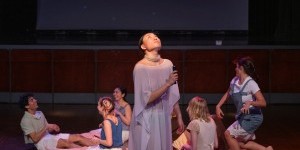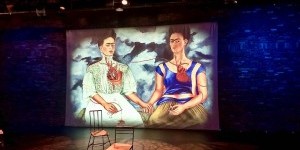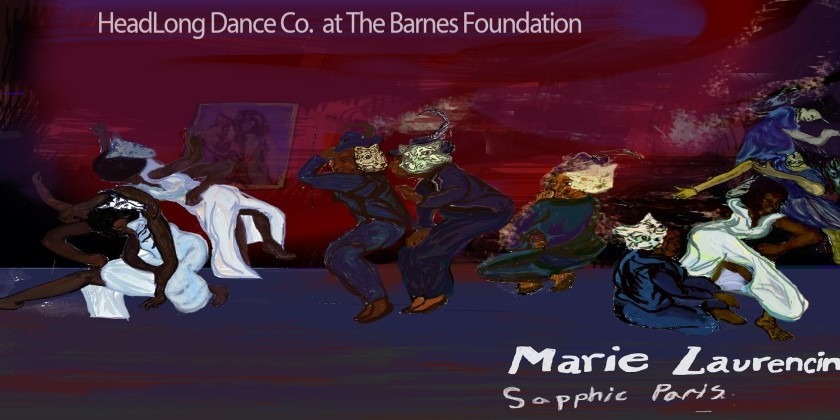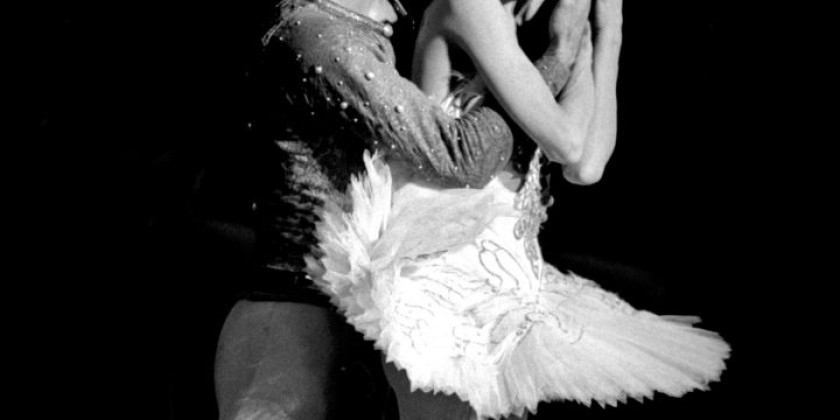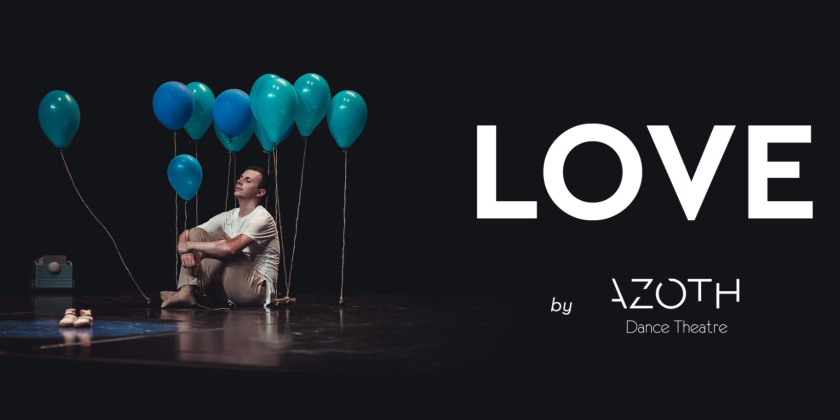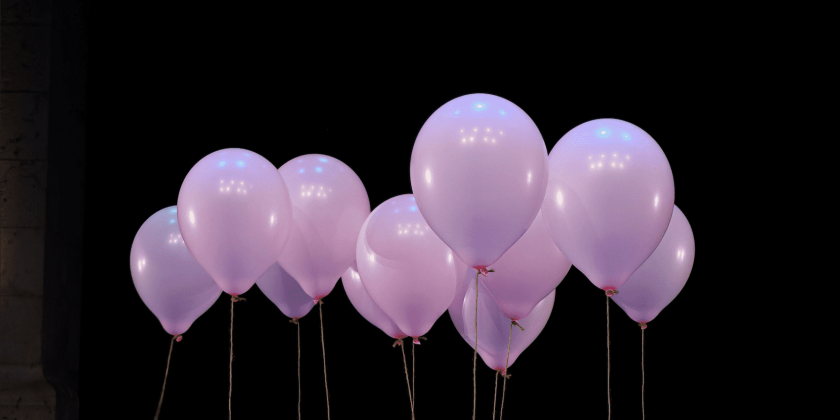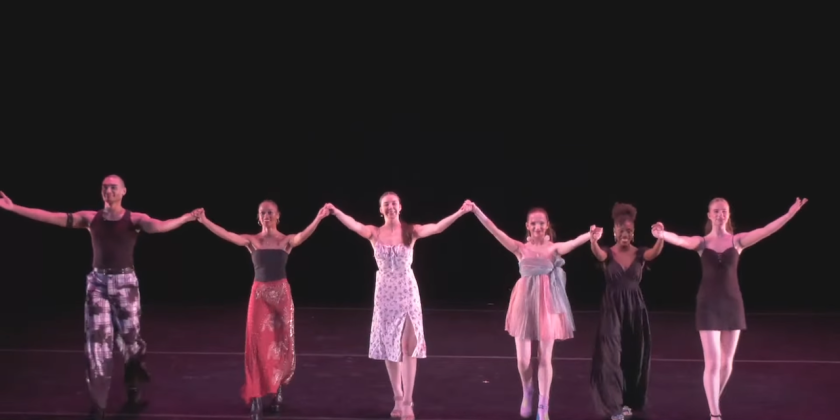AUDIENCE REVIEW: New York City Ballet's "New Works Festival"
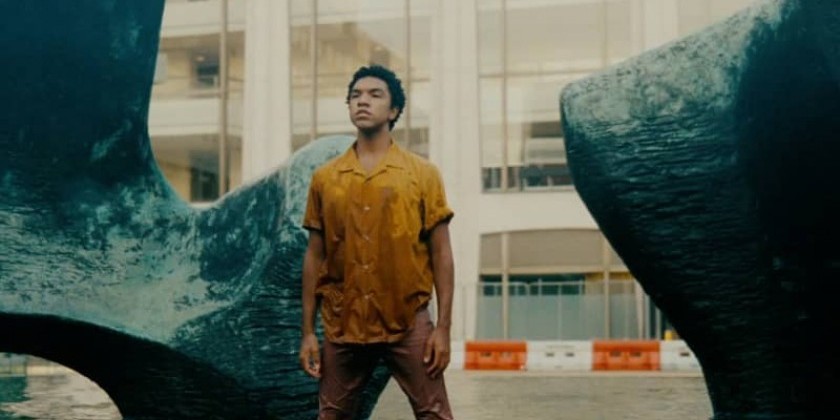
Company:
New York City Ballet
Performance Date:
11/27-11/30
Freeform Review:
With the closing of theaters due to the pandemic, dance companies, large and small, bring dance to audiences. The New York City Ballet has created an entirely digital Fall 2020 season and premiered its Festival of New Works from October 27-31, 2020. The festival includes five world premiere ballets filmed in various locations on the Lincoln Center campus and throughout New York City. Featured choreographers include Sidra Bell, Andrea Miller, Justin Peck, Jamar Roberts, and Pam Tanowitz. The films are available for free streaming through YouTube and the NYCB website for an indefinite period of time.
In Sidra Bell’s “pixelation in a wave (Within Wires),” Bell explores the relationship between humans and structures. Set in various places on the Lincoln Center Campus, dancers Ghaleb Kayali, Emily Kikta, Mira Nadon, and Peter Walker perform to an original composition by Dennis Bell. Mr. Bell's smooth and moody string composition contrasts with a mixture of sharp and angular movements. Bell’s choreography showcases the dancers’ technical and physical strength as they perform on concrete, grass, and various settings. Tight clothing accentuates body lines as couples sport distinct black or white unitards/outfits. The dancers dressed in black represent humans as they perform a series of lifts, embrace each other, and maintain eye contact. In contrast, the dancers in white never partner together; they dance separately and often different choreography. However, at many points in the piece, a dancer in white will perform the same choreography as the dancer in black, or vice versa, representing the relationship between humans and the cityscape. The film ends with the quote, “The exquisitely tenuous correspondence between structural and human forms."
While Bell’s short film had a clear intention, Pam Tanowitz’s “Solo for Russell: Sites 1-5” proves to be much more abstract. Russell Janzen performs to Alfred Schnittke's dynamic, and at times dissonant, “Klingende Buchstaben for Cello.” The film begins with Janzen walking while carrying a slab of marley on his shoulder. As he travels from location to location, the marley serves as his dancing platform, and for much of the film, he dances on an empty stage. His movements are as unpredictable as the music; in one moment, he performs staccato jumps, and in the next, he promenades slowly in arabesque. He begins the piece dressed in grey sweats. However, as the work progresses, he reveals a white sheer shirt and pants with blue and yellow fabric attached to the torso and sleeves. The music and choreography create rigidity and unconnectedness for the dancer, which translates through the screen, but the costume provides movement and fluidity as the wind blows through it.
The third work of the festival, Andrea Miller’s “new song,” serves as a breath of fresh air from the last two highly technical pieces. Performed by dancers Harrison Coll, Unity Phelan, Indiana Woodward, and Sebastian Villarini-Velez, the choreography incorporates the Lincoln Campus setting into the choreography. At the beginning of the film, Phelan emerges with small and rhythmic steps through foggy daylight to a strumming guitar. Not too long after, Phelan runs and leaps with a sense of freedom. She runs to meet the three other dancers and continues similar rhythmic footwork seen in the beginning. The dancers weave between the trees, each other, and dance in unison as a quartet before breaking off into solo parts. Victor Jara’s lullaby-like song, "Manifiesto," serves as a constant that drives the piece yet greatly contrasts the movements. Jara’s voice smoothly sings the Spanish ballad, but the dancers are dynamic and flamboyant. They throw their heads back, roll on the floor, run, and jump with a sense of abandonment and urgency. A moment of calmness finally comes when all of them slowly walk into the Paul Milstein Pool. With the water up to their calves, their subtle movements send ripples throughout the pool. The serene scene breaks when the dancers splash the water by scooping it and bringing it into their chests. As they do this, they have revived the rhythmic stepping. They continue to dance and intentionally splash the water before three dancers exit and leave Woodward in the pool alone. She ends the piece by slowly bending backward and releasing her head. The last moments of the film capture her arms falling to her sides and the remaining water dripping down her hands.
Also allowing the surroundings to influence the choreography, Jamar Robert’s “Water Rite” transforms the reflecting pool into a stage for dancer Victor Abreu’s powerful solo performance. With music by Ambrose Akinmusire, the short piece showcases the dancer’s ability to defy the elements. The film begins with Abreu hunched over with his hands submerged in the water. Once the music starts, Abreu rises and begins to dance with tenacity. The movements are fluid, full of energy, and the water underneath him splashes as an aftereffect. The music starts with a robust and low march-like rhythm. While that rhythm stays steady throughout the piece, new melodies from string instruments and the flute progressively layer on top. The music’s complexity adds excitement to the performance, as Abreu dances to one melody and then switches to a different one. Despite the water’s weight, Abreu portrays a feeling of lightness as he runs, leaps, and pirouettes with ease. At one point, he stretches into a long arabesque and begins to penche, but he quickly fouettés, so his torso faces the sky as to defy gravity at the last moment. By the end of the piece, his shirt and pants are soaked, and he frees himself from the weight of the water as he raises his hands to the sky.
The festival draws to a close with Justin Peck’s “Thank You, New York.” The film begins with shots of the dancers in NYC with their narration. Dancers Christopher Grant, Sara Mearns, Georgina Pazcoguin, and Taylor Stanley share their love for the city, their struggles due to the pandemic, and their optimism for the future. The beginning starts calm and solemn, but once the music begins, the dancers start to move as if they were shot out of a cannon. Chris Thile’s upbeat folk song sets the energetic tone for the dancers. The staccato plucking of strings and the smooth melody from the singer’s voice allows a broad range of musicality for the dancers who dance with agility and fluidity. Dressed in casual clothing, the dancers move through streets, rooftops, and basketball courts. Grounded and a bit groovy, the choreography emphasizes their athleticism while maintaining a ballet foundation. Despite the quite somber introduction, each dancer’s solo carries an optimistic tone as they are continually moving until they abruptly stop with the music. The only movement comes from the rise and fall of their chests, as some look over the skyline or lay on the ground to look at the stars. As the silence washes over them, they wait for what lies ahead for them and their city.
While these films are not live performances, they do allow audiences to see from a different perspective. They give us a close look on different nuances and small details that might be lost from a seat in the balcony. Through different angles, settings, and lighting, the choreographer’s intentions are clear, and it makes it easier for audiences to grasp the story and meanings. It’s not the same experience as being in a theater, but the festival brings dance to homes and gives us the ability to watch beautiful moments over and over again with a click of a button.
Author:
Kayla Thomas
Website:
https://www.nycballet.com/season-and-tickets/new-works-festival/
Photo Credit:
Paul Kolnik






